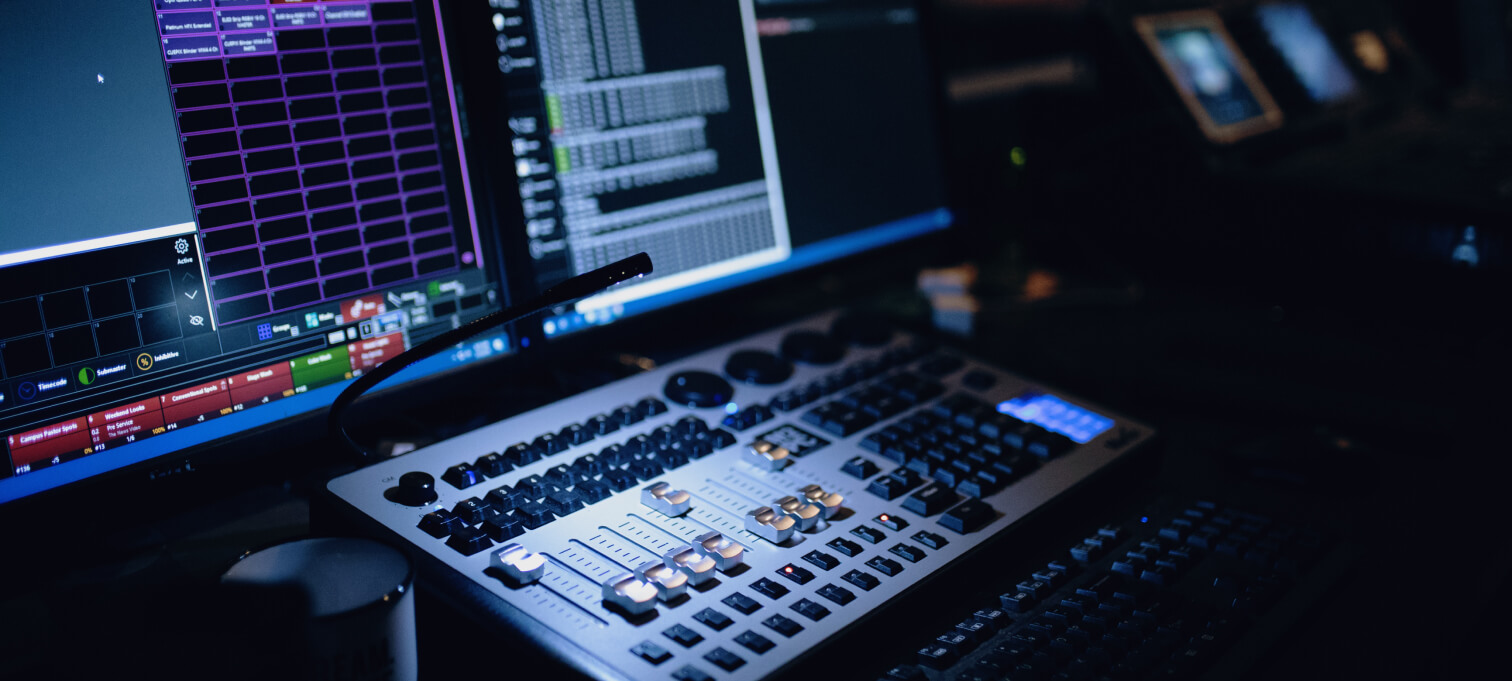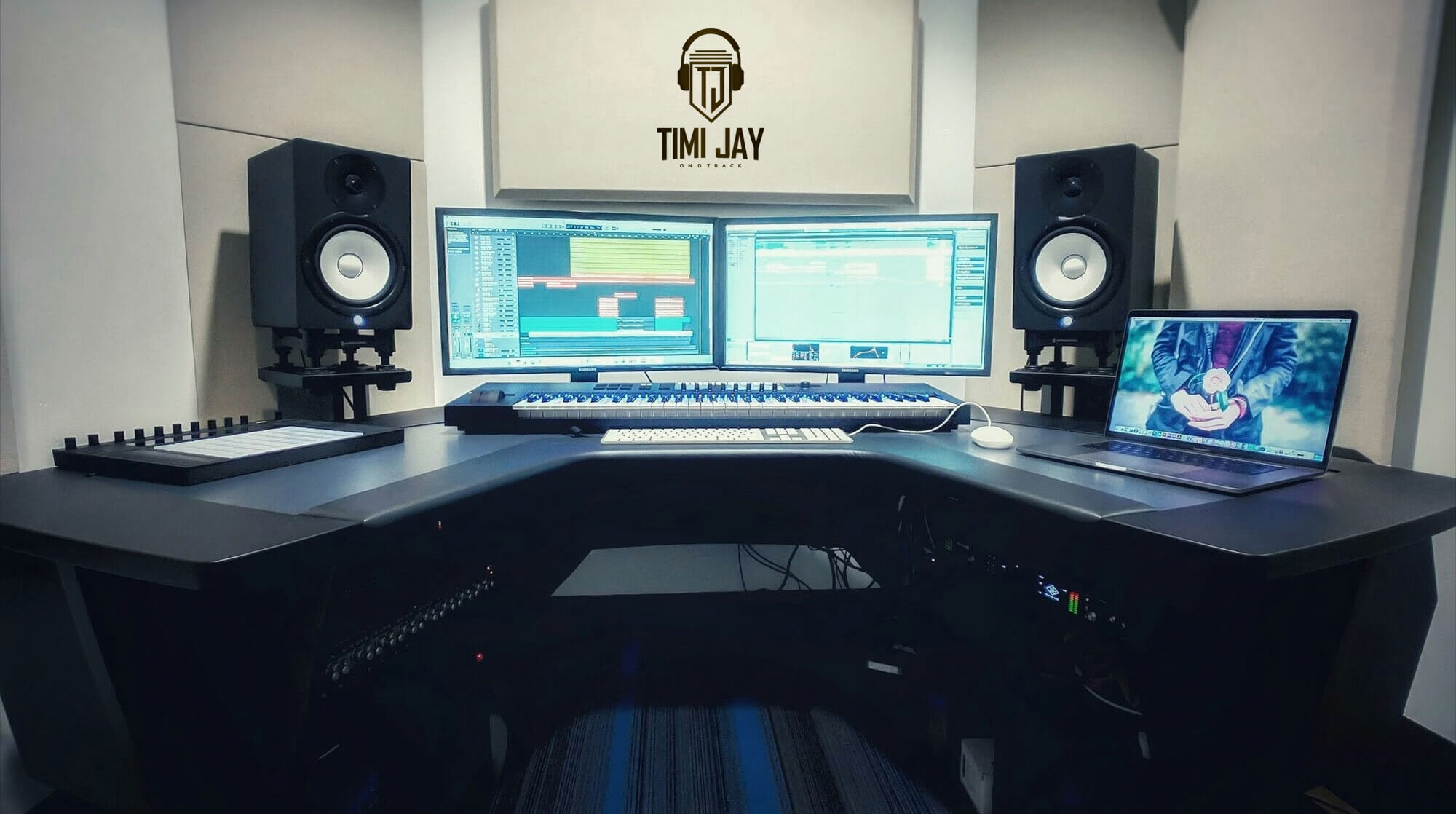We’ve recently been covering the fundamentals of mixing and mastering that every beginner should understand. Today will be no exception, as we will be discussing “headroom.”
It’s “TimiJay on the Track.”
If you’re new to music production, The term “headroom” might sound unfamiliar. However, understanding the concept of “headroom” is necessary when it comes to mixing and mastering your tracks. In this article, we will discuss what headroom is, how much headroom is needed for mastering, and the role it plays in the final mix.
What is Headroom?
Headroom is the amount of space between the loudest part of your mix and the maximum digital level (before clipping), which is represented by 0dBFS (decibels full scale). In simple terms, it is the difference between the loudest part of your mix and the digital ceiling. It is essential to leave enough headroom in your mix to avoid distortion and ensure that the mastering engineer has enough room to work with.
How to Utilize Headroom for Mixing
When mixing your track, it is crucial to leave enough headroom for mastering. It is recommended to aim for a peak level of around -6dBFS to -3dBFS, which provides enough headroom for mastering. This range ensures that the mastering engineer has enough room to apply processing such as EQ, compression, and limiting.
To achieve the desired headroom, adjust the levels of each element in your mix. You can use volume automation to adjust the levels of individual tracks and reduce the overall level of the mix. You can also use a limiter on the master bus to keep the levels within the desired range.
What Role Does Headroom Play in Mastering?
Headroom is important in mastering because it enables the mastering engineer to work with the mix without causing distortion or clipping. The mastering engineer requires enough headroom to apply EQ, compression, limiting, and other processing to improve the overall sound quality of the mix.
If there is not enough headroom in the mix, the mastering engineer may have to lower the levels, which can affect the overall sound quality. This why it is essential to leave enough headroom in the mix to ensure that the mastering engineer has enough space to work with and to prevent any issues during the mastering process.
How Much Headroom is Needed for Mastering?
As mentioned earlier, it is recommended to leave around -6dBFS to -3dBFS of headroom in the mix for mastering. However, the required headroom can vary depending on the style of music and the type of processing required.
For example, electronic dance music (EDM) and hip-hop tracks tend to have a more compressed and limited sound and, therefore, may require less headroom. On the other hand, acoustic music or classical music may require more headroom to preserve the dynamic range and avoid any distortion.
It is important to communicate with the mastering engineer and discuss the desired level of headroom for the specific track. The mastering engineer can provide guidance on the appropriate level of headroom required for the genre and style of music.
Headroom is an important aspect of music production, particularly when it comes to mastering. It refers to the amount of space between the loudest part of your mix and the maximum digital level. Leaving enough headroom in the mix ensures that the mastering engineer has enough space to work with and prevents any distortion or clipping.
To maximize headroom for mixing, aim for a peak level of around -6dBFS to -3dBFS. This range provides sufficient headroom for mastering, allowing the mastering engineer to apply processing such as EQ, compression, and limiting to improve the overall sound quality of the mix.
The required level of headroom varies depending on the style of music and the type of processing required. To ensure the best possible outcome, it is essential to communicate with the mastering engineer and discuss the desired level of headroom for the specific track.



